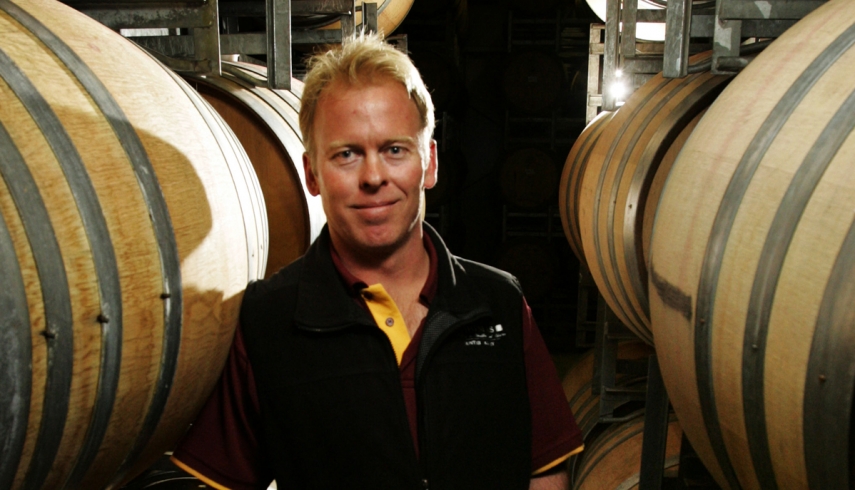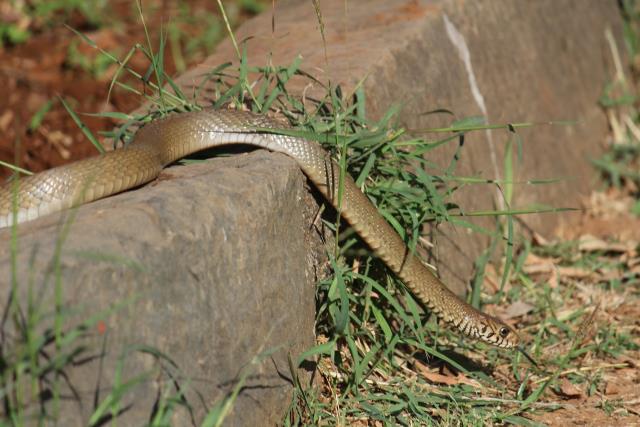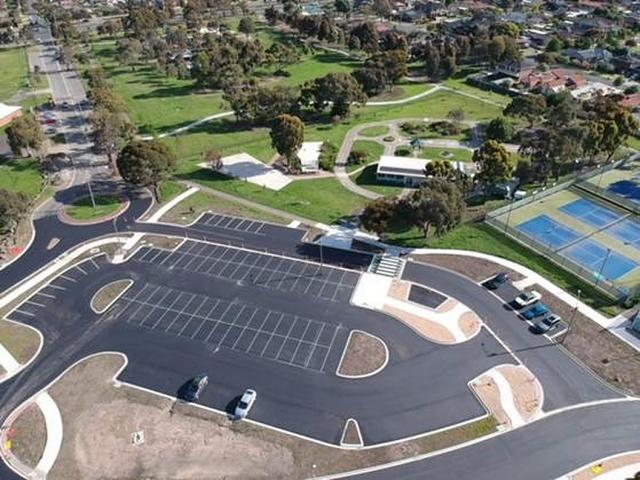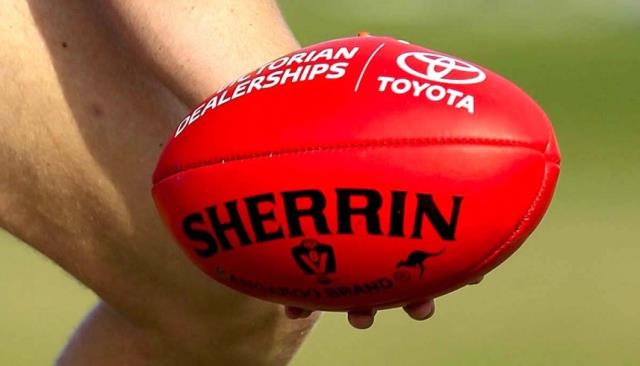Last year I travelled to McLaren Vale to look at dirt. There was a fine line-up of wines to taste, too, but the dirt was the star of the show.
It wasn’t just any dirt, but a tapestry of ancient soil formations that date back hundreds of millions of years with names including Pirramimma Sandstone, Blanche Point, Kurrajong and Ngaltinga formations.
To anyone driving around the Vale that day, our small group must have been quite a sight as we stopped at roadside cuttings to point at and talk about the ancient soil formations.
Since 2009 many of McLaren Vale’s winemakers have made small batches of shiraz grown on individual soils to get an understanding of what influences the soils have on the wines. They bottle the wines under the Scarce Earth banner.
The idea is to bottle a shiraz from a single vineyard, making it in a hands-off manner to give the dirt the best chance to stamp its character on the wine.
The fourth Scarce Earth vintage has just been released. Having tasted wines from each release, I can tell you that for pure enjoyment the latest releases, from the 2012 vintage, are the best yet.
There’s a purity to the wines that also helps tell the story of McLaren Vale’s ancient soils.
It’s a story more about structure and tannin than flavour, says Chapel Hill’s Michael Fragos, one of Scarce Earth’s driving forces since its conception.
“The differences [we see] now we’re five years in are the tannins: their roundness and the shape of the tannins,” he says. “There are flavour differences in shiraz depending on where you are but, in 2012, which was an even, fast-ripening year, I don’t think there’s a huge flavour difference in the wines.
“But when you start drilling into the structure, the mouthfeel and the tannins are where you really start to see differences.
“[With] Christies Beach formation and Ngaltinga black cracking clays and heavier soil profiles, you’re getting more primary fruit characters as a rule of thumb. The wines have more upfront fruit and rounder tannins.
“The finer soils, such as Tapley Hill formation and North Maslin sands and Blanche Point, where there’s shallower soils and rock over sandstone, you tend to find the tannins are finer and grittier.”
Fragos says that the focus is shifting away from simply soil to the other elements of terroir.
“Early on we focused hard on the geology front and we’ve now taken a step back and are also recognising all the other topographic differences that affect the grapes – there’s soil, climate, aspect,” he says. “If you’re closer to the sea you have sea breezes and if you’re inland you are more influenced by the gully winds.”
We’re only a few chapters into the Scarce Earth story and I’m already looking forward to the 2013 instalment.
Scarce Earth wines are made in small quantities and are available direct from the wineries online.
Some will also appear at Melbourne’s better wine merchants in the next few weeks.
Ben Thomas travelled courtesy of the McLaren Vale Grape Wine & Tourism Association.
TASTE THIS
Battle of Bosworth Braden’s Shiraz 2012 (McLaren Vale) $45; 14.5%, 5 stars.
From 40-year-old vines planted on Christies Beach formation, this wine had no oak ageing so it could “show the vineyard in its purest form”. Pure it is, with aromas of blackberry, cherry, plum, raspberry and spice. It’s in the mouth where this comes alive, with vibrant acid and powdery tannins.
Food match | Coq au vin
Mr Riggs Shiraz 2012 (McLaren Vale) $50; 14.5%, 4 ½ stars.
The complex bouquet is bursting with blue fruits and layers of cherry, blackberry, spice and plum, plus a little oaky cedar. It’s a concentrated wine, but in winemaker Ben Riggs’ typical style, the concentration is matched by real juiciness and great drinkability. There’s a nutty component to the blackberry, strawberry and spice flavours, plus juicy acid and fine-grained tannins. With a long finish, there’s loads to like here.
Food match | Braised beef cheeks
Chapel Hill The Chosen House Block Shiraz 2012 (McLaren Vale) $65; 14.8%, 5 stars.
Grown on “shale soil over sandstone over Tapleys Hill formation slate”, according to Chapel Hill’s marketing guru, Bodhi Edwards. This is such an evenly balanced wine, from the bright black cherry, plum, blackberry and aniseed aromas through to the vibrant cherry, fresh-cut blood plum and wet stone flavours. Bright acid and a lick of powdery tannins are so neatly proportioned they carry the flavours to a lengthy finish.
Food match | Steak with Café de Paris butter
Kangarilla Road Alluvial Fans Shiraz 2012 (McLaren Vale) $45; 14.5%, 4 ½ stars.
Grown at the eastern edge of the McLaren Vale on the Alluvial Fans formation, this is dense, rich and thick, but a glorious rendition of the style. First, there’s a mix of raspberry, plum, cherry and cedar aromas, plus a range of cherry, blueberry, aromatic spice and blackberry flavours with a silky smooth texture. Concentrated, vibrant and with a powdery tannin structure, this has intensity, purity and a lightness of touch that simply adds to the wine’s drinkability.
Food match | Roast lamb shoulder
Shingleback Unedited Single Vineyard Shiraz 2012 (McLaren Vale) $70; 14.5%, 5 stars.
From block J in Shingleback’s vineyards. Unfiltered. With bright aromas of lavender, cherry and its pips, blackberry, plum and spice, there’s an underlying earthy character, too. It’s smooth and silky in the mouth, with a cherry and orange rind character that livens up the wine. There’s intensity, with red and blue fruits, an effortless flow through the mouth and fine, structural tannins.
Food match | Pot-roasted rolled breast of lamb







